CHEMICAL IDENTIFICATION
-
RTECS NUMBER :
-
UQ1050000
-
CHEMICAL NAME :
-
4H-Pyran-4-one, 3-hydroxy-2-methyl-
-
CAS REGISTRY NUMBER :
-
118-71-8
-
BEILSTEIN REFERENCE NO. :
-
0112169
-
LAST UPDATED :
-
199712
-
DATA ITEMS CITED :
-
17
-
MOLECULAR FORMULA :
-
C6-H6-O3
-
MOLECULAR WEIGHT :
-
126.12
-
WISWESSER LINE NOTATION :
-
T6O DVJ B1 CQ
HEALTH HAZARD DATA
ACUTE TOXICITY DATA
-
TYPE OF TEST :
-
Standard Draize test
-
ROUTE OF EXPOSURE :
-
Administration onto the skin
-
SPECIES OBSERVED :
-
Rodent - rabbit
-
TYPE OF TEST :
-
LD50 - Lethal dose, 50 percent kill
-
ROUTE OF EXPOSURE :
-
Oral
-
SPECIES OBSERVED :
-
Rodent - rat
-
DOSE/DURATION :
-
1410 mg/kg
-
TOXIC EFFECTS :
-
Details of toxic effects not reported other than lethal dose value
-
TYPE OF TEST :
-
LD50 - Lethal dose, 50 percent kill
-
ROUTE OF EXPOSURE :
-
Oral
-
SPECIES OBSERVED :
-
Rodent - mouse
-
DOSE/DURATION :
-
550 mg/kg
-
TOXIC EFFECTS :
-
Details of toxic effects not reported other than lethal dose value
-
TYPE OF TEST :
-
LD16 - Lethal Dose
-
ROUTE OF EXPOSURE :
-
Intraperitoneal
-
SPECIES OBSERVED :
-
Rodent - mouse
-
DOSE/DURATION :
-
1400 mg/kg
-
TOXIC EFFECTS :
-
Details of toxic effects not reported other than lethal dose value
-
TYPE OF TEST :
-
LD50 - Lethal dose, 50 percent kill
-
ROUTE OF EXPOSURE :
-
Subcutaneous
-
SPECIES OBSERVED :
-
Rodent - mouse
-
DOSE/DURATION :
-
820 mg/kg
-
TOXIC EFFECTS :
-
Details of toxic effects not reported other than lethal dose value
-
TYPE OF TEST :
-
LD50 - Lethal dose, 50 percent kill
-
ROUTE OF EXPOSURE :
-
Oral
-
SPECIES OBSERVED :
-
Rodent - rabbit
-
DOSE/DURATION :
-
1620 mg/kg
-
TOXIC EFFECTS :
-
Details of toxic effects not reported other than lethal dose value
-
TYPE OF TEST :
-
LD - Lethal dose
-
ROUTE OF EXPOSURE :
-
Administration onto the skin
-
SPECIES OBSERVED :
-
Rodent - rabbit
-
DOSE/DURATION :
-
>5 gm/kg
-
TOXIC EFFECTS :
-
Details of toxic effects not reported other than lethal dose value
-
TYPE OF TEST :
-
LD50 - Lethal dose, 50 percent kill
-
ROUTE OF EXPOSURE :
-
Oral
-
SPECIES OBSERVED :
-
Rodent - guinea pig
-
DOSE/DURATION :
-
1410 mg/kg
-
TOXIC EFFECTS :
-
Details of toxic effects not reported other than lethal dose value
-
TYPE OF TEST :
-
LD50 - Lethal dose, 50 percent kill
-
ROUTE OF EXPOSURE :
-
Oral
-
SPECIES OBSERVED :
-
Bird - chicken
-
DOSE/DURATION :
-
3720 mg/kg
-
TOXIC EFFECTS :
-
Details of toxic effects not reported other than lethal dose value
-
TYPE OF TEST :
-
TDLo - Lowest published toxic dose
-
ROUTE OF EXPOSURE :
-
Oral
-
SPECIES OBSERVED :
-
Rodent - rat
-
DOSE/DURATION :
-
90 gm/kg/90D-I
-
TOXIC EFFECTS :
-
Kidney, Ureter, Bladder - changes in tubules (including acute renal failure, acute tubular necrosis) Nutritional and Gross Metabolic - weight loss or decreased weight gain Related to Chronic Data - death
-
TYPE OF TEST :
-
TDLo - Lowest published toxic dose
-
ROUTE OF EXPOSURE :
-
Oral
-
SPECIES OBSERVED :
-
Mammal - dog
-
DOSE/DURATION :
-
20500 mg/kg/41D-I
-
TOXIC EFFECTS :
-
Blood - changes in serum composition (e.g. TP, bilirubin, cholesterol) Nutritional and Gross Metabolic - weight loss or decreased weight gain Related to Chronic Data - death
MUTATION DATA
-
TEST SYSTEM :
-
Rodent - mouse
-
DOSE/DURATION :
-
250 mg/kg
-
REFERENCE :
-
FCTOD7 Food and Chemical Toxicology. (Pergamon Press Inc., Maxwell House, Fairview Park, Elmsford, NY 10523) V.20- 1982- Volume(issue)/page/year: 26,487,1988 *** NIOSH STANDARDS DEVELOPMENT AND SURVEILLANCE DATA *** NIOSH OCCUPATIONAL EXPOSURE SURVEY DATA : NOES - National Occupational Exposure Survey (1983) NOES Hazard Code - X2610 No. of Facilities: 508 (estimated) No. of Industries: 3 No. of Occupations: 5 No. of Employees: 1733 (estimated) No. of Female Employees: 642 (estimated)
|
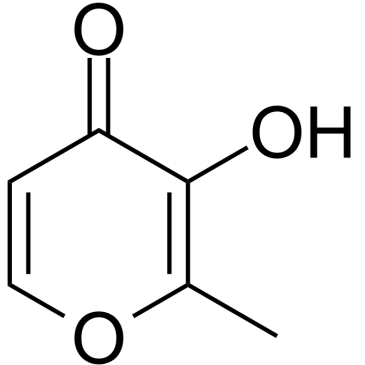


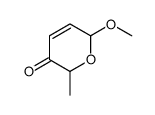 CAS#:41728-10-3
CAS#:41728-10-3 CAS#:4208-64-4
CAS#:4208-64-4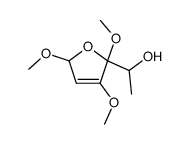 CAS#:67171-01-1
CAS#:67171-01-1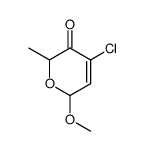 CAS#:66212-70-2
CAS#:66212-70-2 CAS#:71280-24-5
CAS#:71280-24-5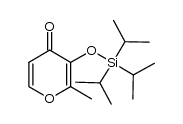 CAS#:1198597-46-4
CAS#:1198597-46-4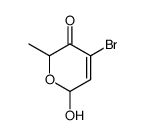 CAS#:66187-06-2
CAS#:66187-06-2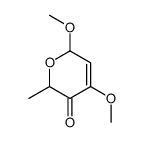 CAS#:63493-69-6
CAS#:63493-69-6![2-ethoxy-4-methyl-3,7-dioxabicyclo[4.1.0]heptan-5-one Structure](https://image.chemsrc.com/caspic/317/60546-72-7.png) CAS#:60546-72-7
CAS#:60546-72-7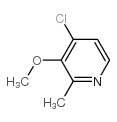 CAS#:107512-34-5
CAS#:107512-34-5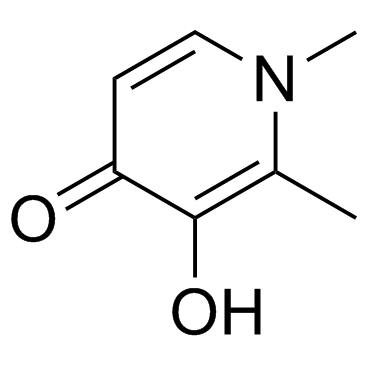 CAS#:30652-11-0
CAS#:30652-11-0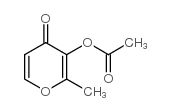 CAS#:28787-36-2
CAS#:28787-36-2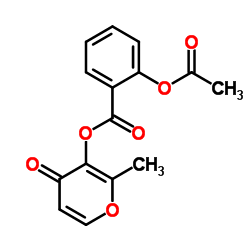 CAS#:147249-33-0
CAS#:147249-33-0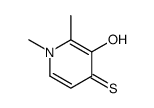 CAS#:209248-75-9
CAS#:209248-75-9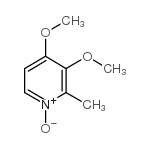 CAS#:72830-07-0
CAS#:72830-07-0 CAS#:76015-11-7
CAS#:76015-11-7 CAS#:61049-69-2
CAS#:61049-69-2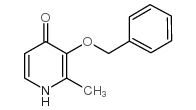 CAS#:61160-18-7
CAS#:61160-18-7 CAS#:72830-09-2
CAS#:72830-09-2
